.svg)
Best SaaS Website Designs That Inspire in 2025
Explore the best SaaS website designs of 2025 that blend creativity, UX, and conversion-focused layouts. Get inspired to design your next SaaS site.

Searching for the best SaaS website designs of 2025? Look no further. These handpicked examples blend bold creativity, smart UX, and conversion-focused layouts to inspire your next SaaS masterpiece.
Why Great Design Matters for SaaS Websites
Design isn’t just about aesthetics. From trust to conversions, a strong website design drives every step of the SaaS user journey. Contemporary SaaS brands have recognized this power and are embracing visual storytelling and UX-driven design to build trust, clarity, product adoption, and conversions.
Key Elements of a High-Converting SaaS Website
What makes SaaS websites look that good while also nailing their main objective: conversions?
- Clear Value Proposition Above the Fold
The best-designed SaaS websites tell their story within seconds. They offer a clear, compelling value proposition above the fold, instantly telling their product’s story and how it solves the user’s problem.
- Strong CTAs and Visual Hierarchy
You’ll find strategically placed, action-driven calls to action (CTAs) on the best-designed SaaS websites. This creates a seamless user experience (UX), ensuring nothing feels random and every scroll serves a purpose.
- Clean UI with consistent branding
Inspiring SaaS websites have minimal interfaces with ample breathing space, paired with consistent use of brand colors and typography. This approach works to build brand identity and trust, no matter where the user is on the site.
- Engaging Product Visuals and Demos
Static screenshots are passé. Interactive product demos, animations, and micro-interactions are in. Modern SaaS sites showcase their product in motion, letting users get a feel before they get to the next step.
- Optimized Loading Speed and Mobile Responsiveness
Quick-loading and adaptable websites are the foundation of a great SaaS website. Even with advanced, responsive, and interactive design elements, a well-designed SaaS website isn’t just good UX; it’s powerful from the ground up.
15 Best-Designed SaaS Websites for 2025
Find your way to our list of 15 exceptional SaaS website designs that stand out for their UX, UI, and visual conversion-focused layout strategy.
Flotorch
Flotorch’s website design is sleek with a contemporary dark theme and color gradients that highlight its value proposition clearly. The visual hierarchy and CTA buttons are well-defined for conversion optimization. There are also interactive product demos that build trust and engagement. Visit website.
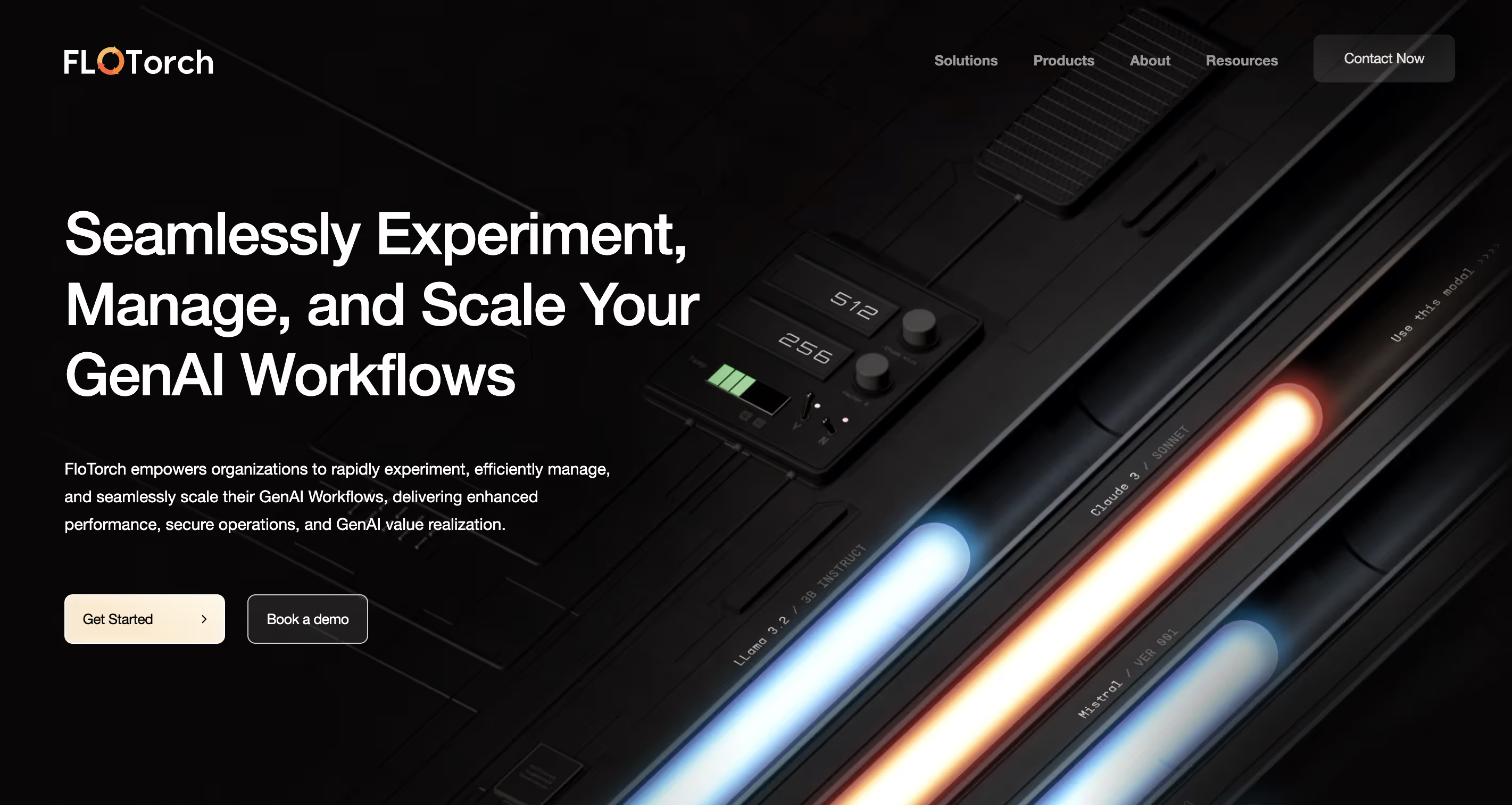
Nuraform
An AI-powered form builder, Nuraform lets you generate visually engaging forms within seconds. Its website is made of bold gradients, minimalist layouts and seamless motion-driven transitions that feel like a full experience. With its clean typography, crisp value proposition and fluid UX, Nuraform’s site is a strong example for a SaaS website that does its job within a few seconds. Visit website.
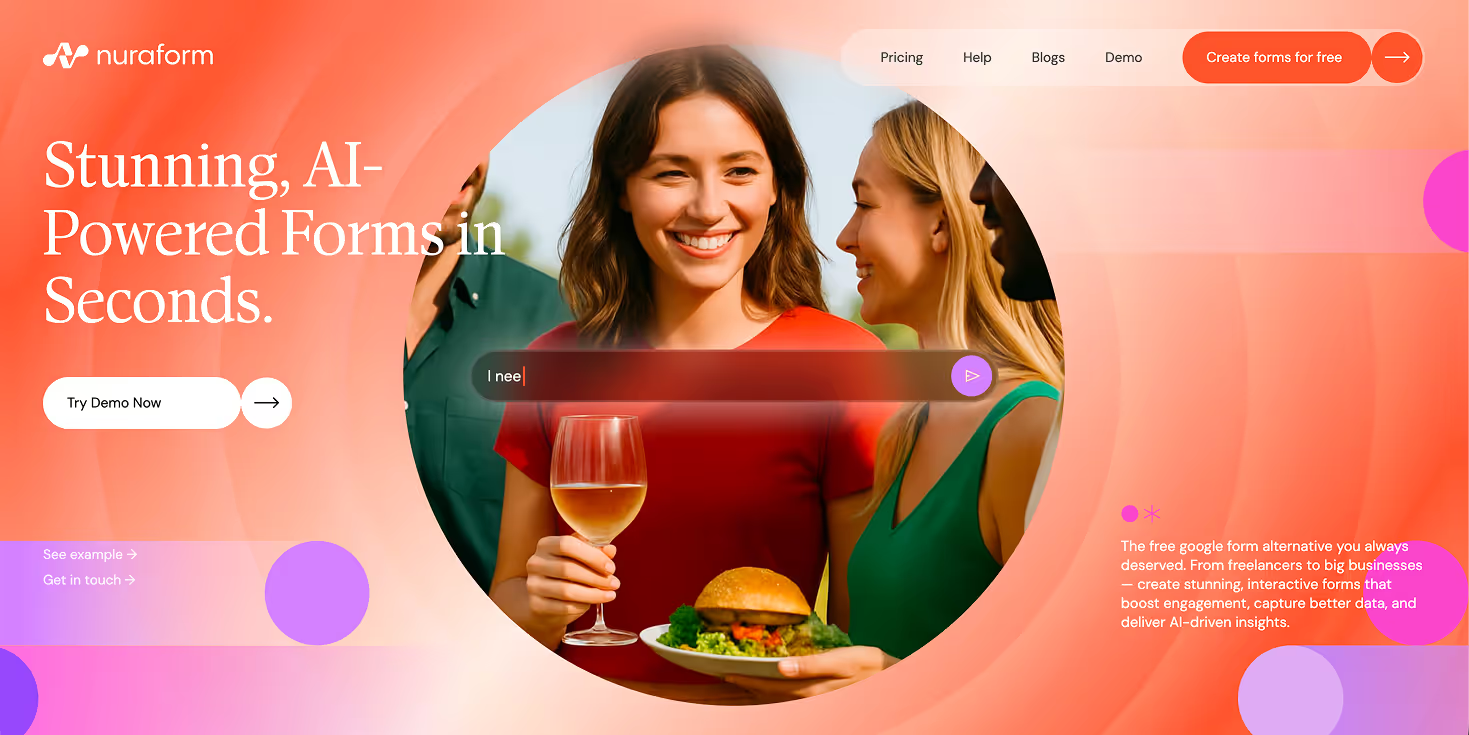
Opal
A one-stop platform to automate your agency, Opal’s website offers a seamless user experience (UX) with a fully responsive design, making it visually striking and intuitive to navigate. It captures attention through guided storytelling, animated product demos, and text and visual blocks that highlight key information in an appealing way. Visit website.

Invary
Invary, a cybersecurity and software integrity tool, stands out with its modern minimalist layout and interactive design. The focus of this SaaS website’s design is to present information in a clean, no-nonsense format. The homepage communicates its value proposition immediately, and animated visuals simplify complex product concepts. Visit website.
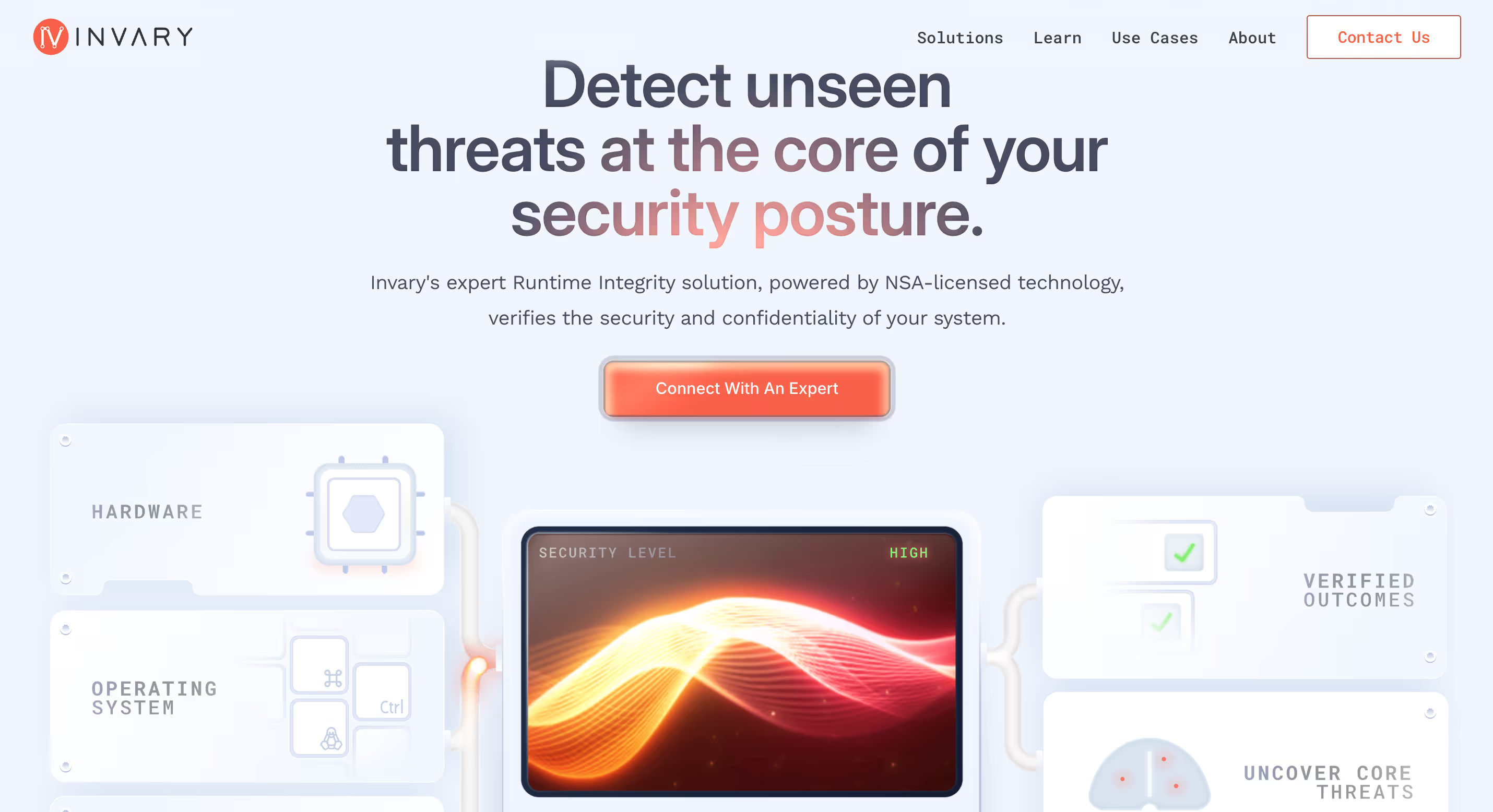
Huly
Huly, a project management and collaboration tool, brings together a dark interface with bright color blocks, as seen above. It uses a motion-based storytelling approach with fluid transitions and dynamic interactions that make the UX feel alive. A playful color palette combined with smooth transitions helps visually narrate the brand’s story. Visit website.
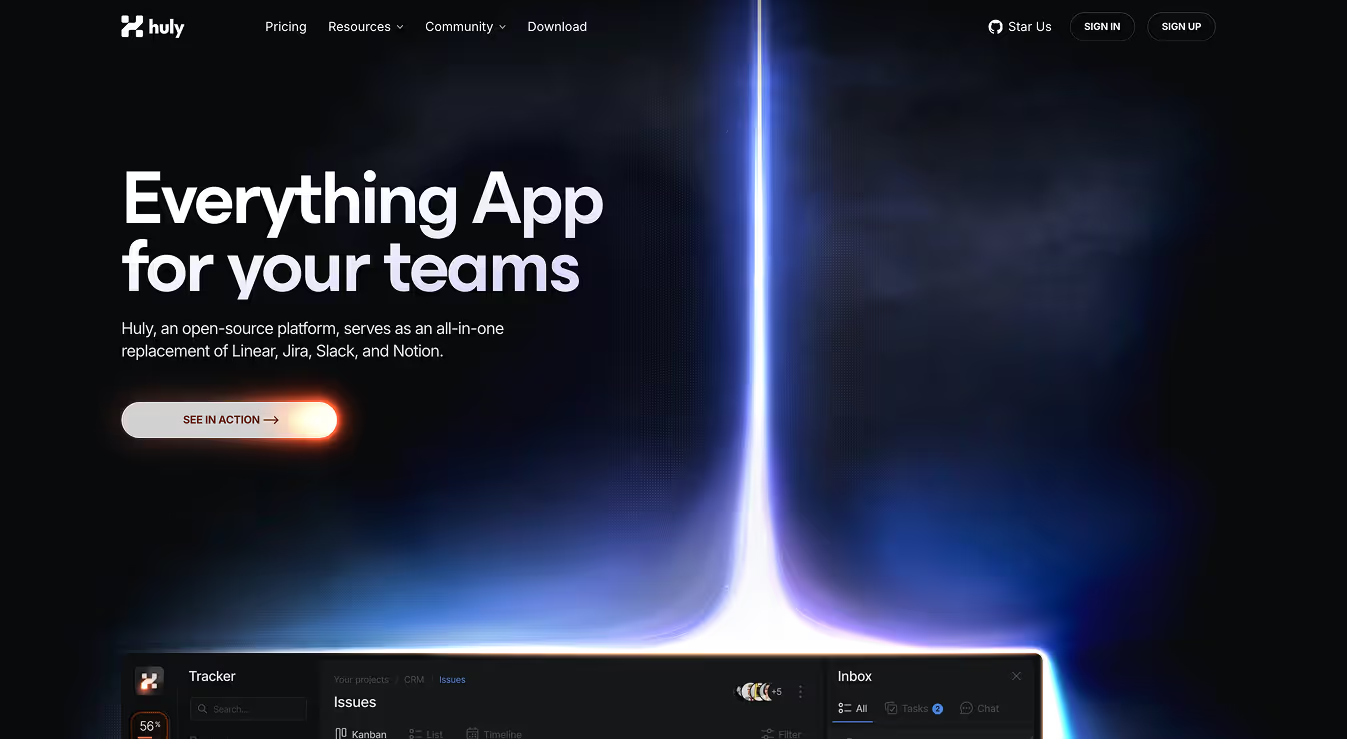
Clay
Clay, a personal AI-driven CRM tool, blends bold typography, straightforward product demos, and minimal illustrations to give users exactly what they’re looking for: direct information. Their logo appears throughout the site in different variations, creating a distinct and unique visual identity. Visit website.
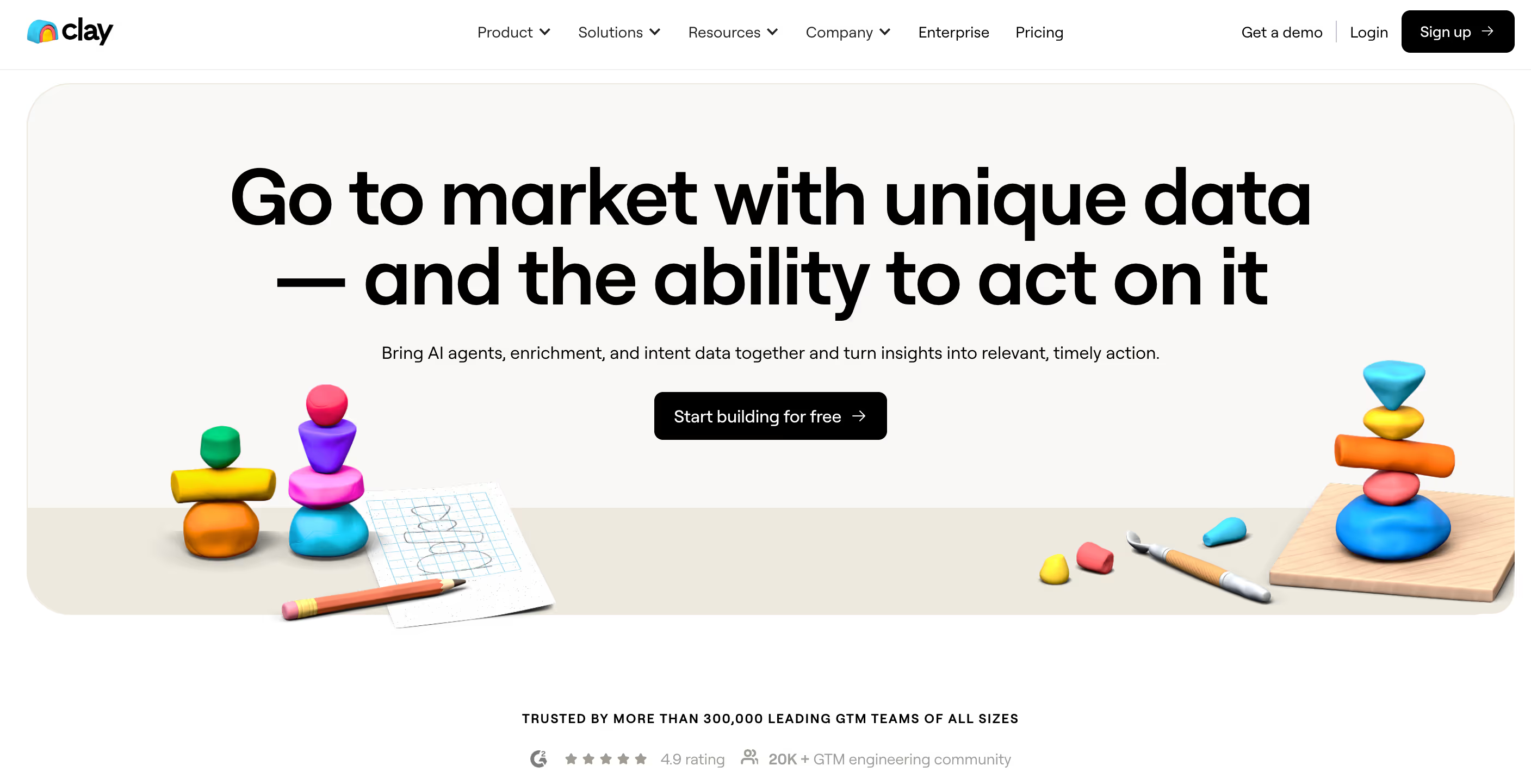
Peachweb
A 3D website experience builder, Peachweb is a site to behold in every way, pun intended. The homepage goes right into interactive mode where the element tells you the story. It focuses on using ample space with an equal blend of text and visuals to communicate what matters. Visit website.

Duna
Duna, a digitalisation solution banks on minimalismm quiet and a sense of serenity in its SaaS website design. The clean layout, warm gradients, and intuitive CTA flow make for a calming yet persuasive user journey. Its value proposition is clear at first glance, while the simplicity ups the reader’s interest and attention. Visit website.
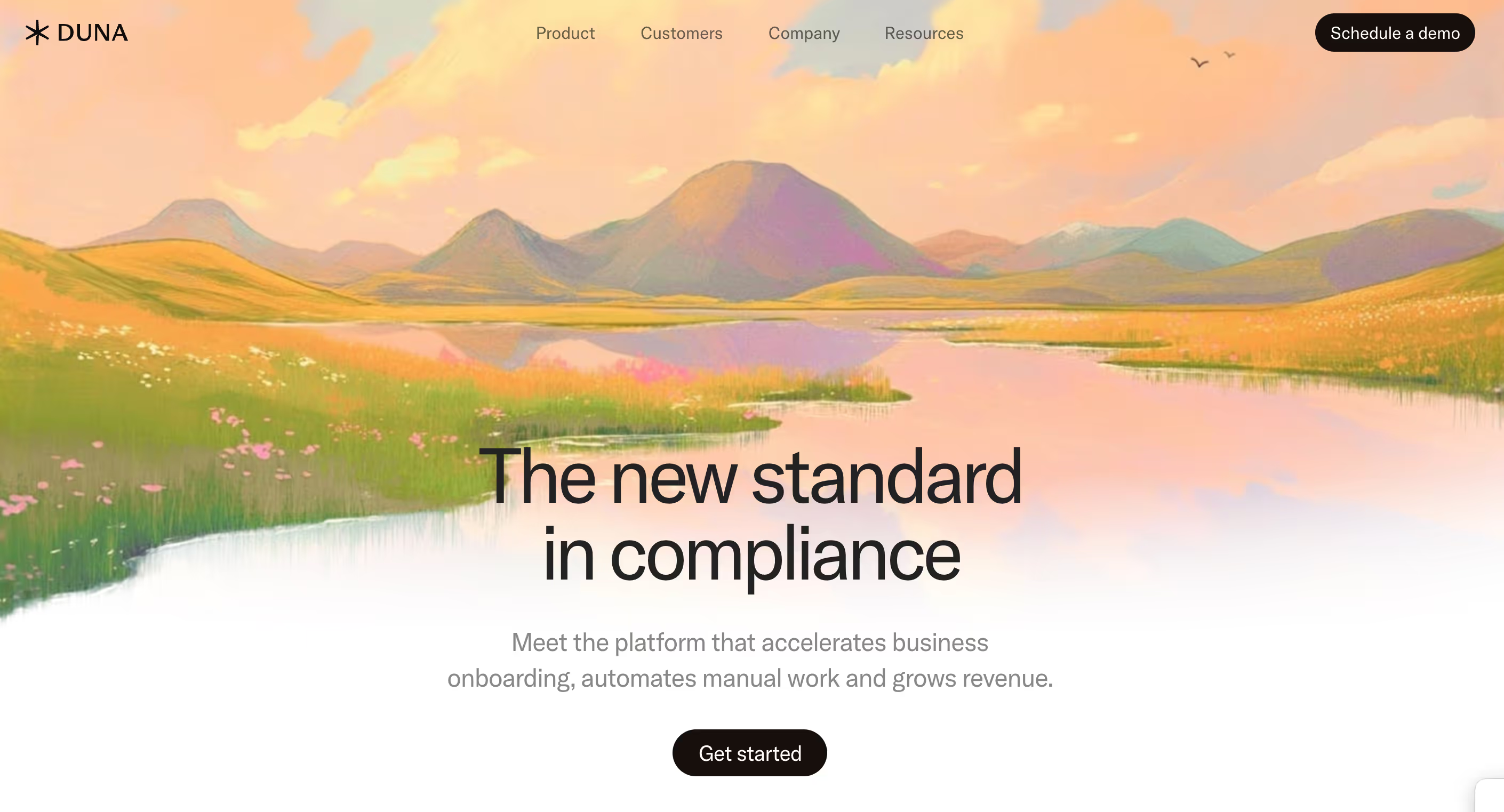
Attio
Attio is an AI-native CRM platform designed for go-to-market teams. Its website stands out for its sleek monochromatic layout, bold typography, and dynamic light-to-dark transitions. All of this makes the product experience come alive. They showcase their value proposition in a clean, conversion-focused way. Visit website.

Adaline
An end-to-end platform built for product and engineering teams to train LLM models, Adaline beautifully blends storytelling with functionality. The homepage is serene and calming, giving users a warm welcome. The copy and typography delivers clarity at a glance. They also use whitespace and structured blocks to guide users in a simple way. Visit website.

Raycast
A collection of powerful productivity tools, Raycast’s homepage resembles a cool music studio with its gradient overlays, crisp typography, and minimalist copy. The homepage uses high-impact visuals and intuitive structure to guide users from problem to solution. With responsive design, subtle motion cues, and a clean layout, Raycast’s site delivers a seamless UX and modern visual design that instantly communicates its offerings. Visit website.

Twingate
Twingate, a Zero-Trust Network Access (ZTNA) platform built to replace legacy VPNs uses a bold dark-mode aesthetic paired with vivid accent colours that immediately convey modernity and serious security tone. Its value proposition is front and centre across the homepage, while each fold is strategically thought with a communication perspective. Visit website.

Resend
Email for developers. The moment you visit Resend’s website, you instantly know who it is for. Their website is elegant and uses a dark-mode theme with minimalistic aesthetic, somehow matching their target user’s aesthetic. A mix of subtle animation and minimal text blocks focus on the specifics and get to the point without beating about the bush. Visit website.
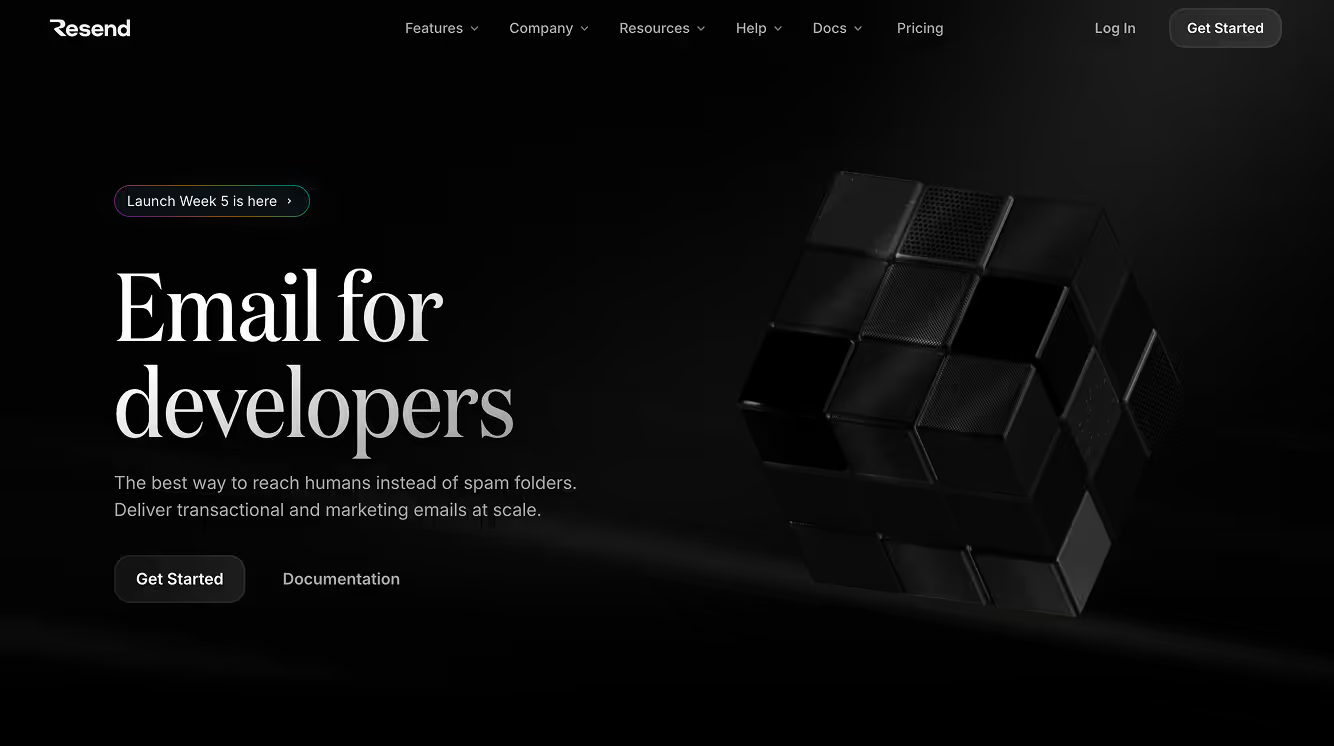
Monday
Monday, a team management platform, immediately showcases its ease of use by guiding visitors to try the tool right above the fold. Social proof is displayed prominently, along with a visible free plan that drives sign-ups and reduces friction within seconds. The homepage masterfully uses whitespace and structured blocks to communicate the brand’s value with clear, compelling copy. Visit website.

Fin.ai
Fin (part of Intercom), an AI-powered customer service platform, focuses on simplicity first. It uses a minimal, one-page homepage that gets straight to the point with a clear value proposition and crisp illustrations. Through micro-interactions and animations, the site brings personality and interactivity, all while staying focused on communicating its core message. Visit website.

Design Trends Defining SaaS Websites in 2025
- Minimalist Layouts and Bold Typography
This year has been all about less is more. SaaS websites in 2025 are doubling down on clean, whitespace-rich layouts that highlight what truly matters while avoiding information overload.
- Gradient and 3D visuals
More SaaS sites are incorporating layered gradients and 3D visual elements to amp their unique element. All of these visuals have a strategic approach and are there to focus on product offerings, rather than being mere decor.
- Dark Mode Aesthetics
Dark-mode isn’t just limited to being your phone setting. Dark mode has come to be a design aesthetic for SaaS websites, offering high-contrast readability, reduced eye strain, and a luxe feel.
• Personalized UX with AI-driven Elements
SaaS websites in 2025 are increasingly leveraging AI-driven personalization: dynamic content, adaptive layouts tailored to user behavior. This focuses on better conversions where the website feels more responsive and attuned to each visitor.
How to Design a Winning SaaS Website for Your Brand
A successful SaaS website isn’t just beautiful, it’s built on strategy. Here’s how to make one that converts:
STEP 1: Be Crystal Clear
Define your value proposition in one powerful line that instantly tells visitors what you do and how it improves their life.
STEP 2: Design for your Audience
Make sure all of your user journeys and layouts are intuitive and purposeful to drive your audience.
STEP 3: Use Strong Visuals
Use screenshots, motion demos, and illustrations to play out your product’s value.
STEP 4: Focus on UX and conversions
Every design element: from typography to your CTA button placement should guide users to act.
STEP 5: Test, iterate, and optimize
A/B test and study your analytics to refine your design and messaging continuously.
Looking to bring your SaaS vision to life? Pixeto specializes in designing high-performing SaaS websites that combine creativity, UX precision, and conversion-driven strategy, helping your brand stand out and scale faster. Book a free clarity call today.
Mistakes to Avoid in SaaS Website Design
Even the best ideas can fall flat if you get stuck with:
- Overloading pages with text or visuals: Too much content is overwhelming. Users are already inundated with information. Keep your core message clear and concise.
- Weak product positioning: If visitors can’t immediately understand what you do and how it improves their life, they’ll leave. Make your product the hero of their life.
- Generic templates without personality: Using pre-made, overused templates makes your brand forgettable. Make sure you infuse your unique brand elements across your website.
- Slow-loading assets or videos: Long load times equal off-the-charts bounce rates. All your media should be optimised to load when it must, which makes choosing the right web builder even more important
- Ignoring responsive design: A great SaaS site works flawlessly on every device. Your web builder should have the capability to have it optimised for every device it can be seen on.
FAQs
1. What makes a SaaS website design successful?
A clear value proposition, adaptable navigation and powerful call-to-action (CTAs) makes a SaaS website design successful. The idea is to communicate your story above the fold, build trust with social proof and of course, look good and work well across all devices.
2. Which platform is best for designing SaaS websites?
The best platform for your SaaS website depends on what you’re looking for. Although, the top choices are Framer and Webflow if you’re wanting to create something visually stunning and powerful. Another way to design a winning SaaS website is reaching out to an expert web designer or agency who excel in this space.
3. How often should SaaS websites be redesigned?
SaaS websites should be redesigned in alignment with your company’s mission, vision, and user behavior. Does your website instantly communicate your core ideology? Does it provide a comprehensive overview and visually reinforce your branding? Are users responding well to it? Make tweaks every 6-12 months based on these learnings.
4. Do SaaS websites need custom development, or can they use templates?
SaaS websites can certainly use templates to create their website. However, they require custom design and development inputs to make them unique and fully functional. For this, choosing a website builder or platform that offers the right balance between flexibility and structure is essential.
5. How can I improve conversion rates through better design?
To improve conversion rates through better design on your SaaS website, you need to bank on clean, minimal design and simplify navigation with visually clear CTAs. A/B testing various design approaches is the best way to see what works best to improve conversion rates.
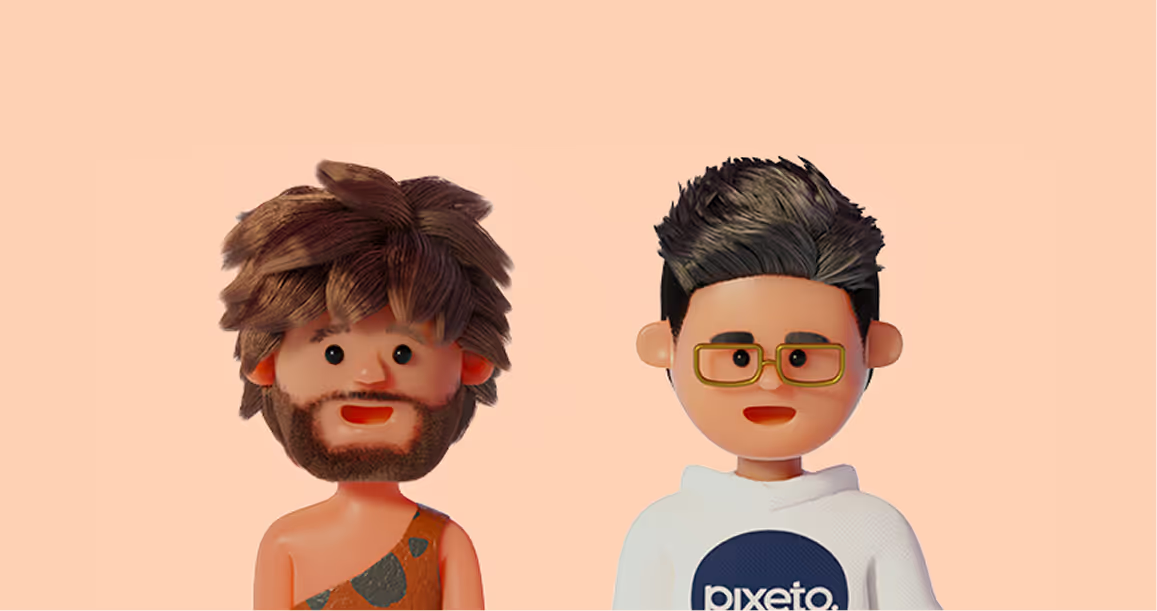

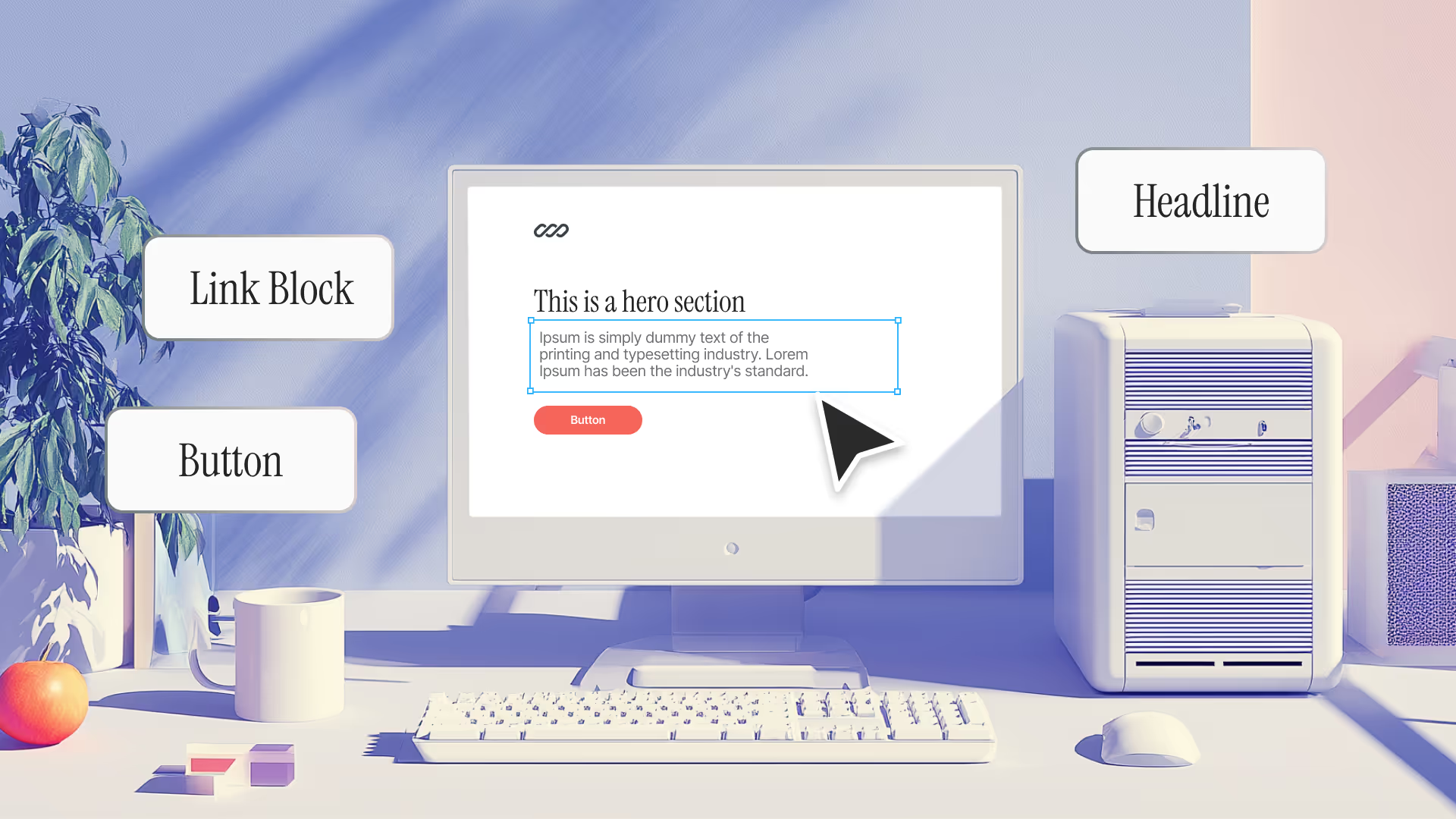
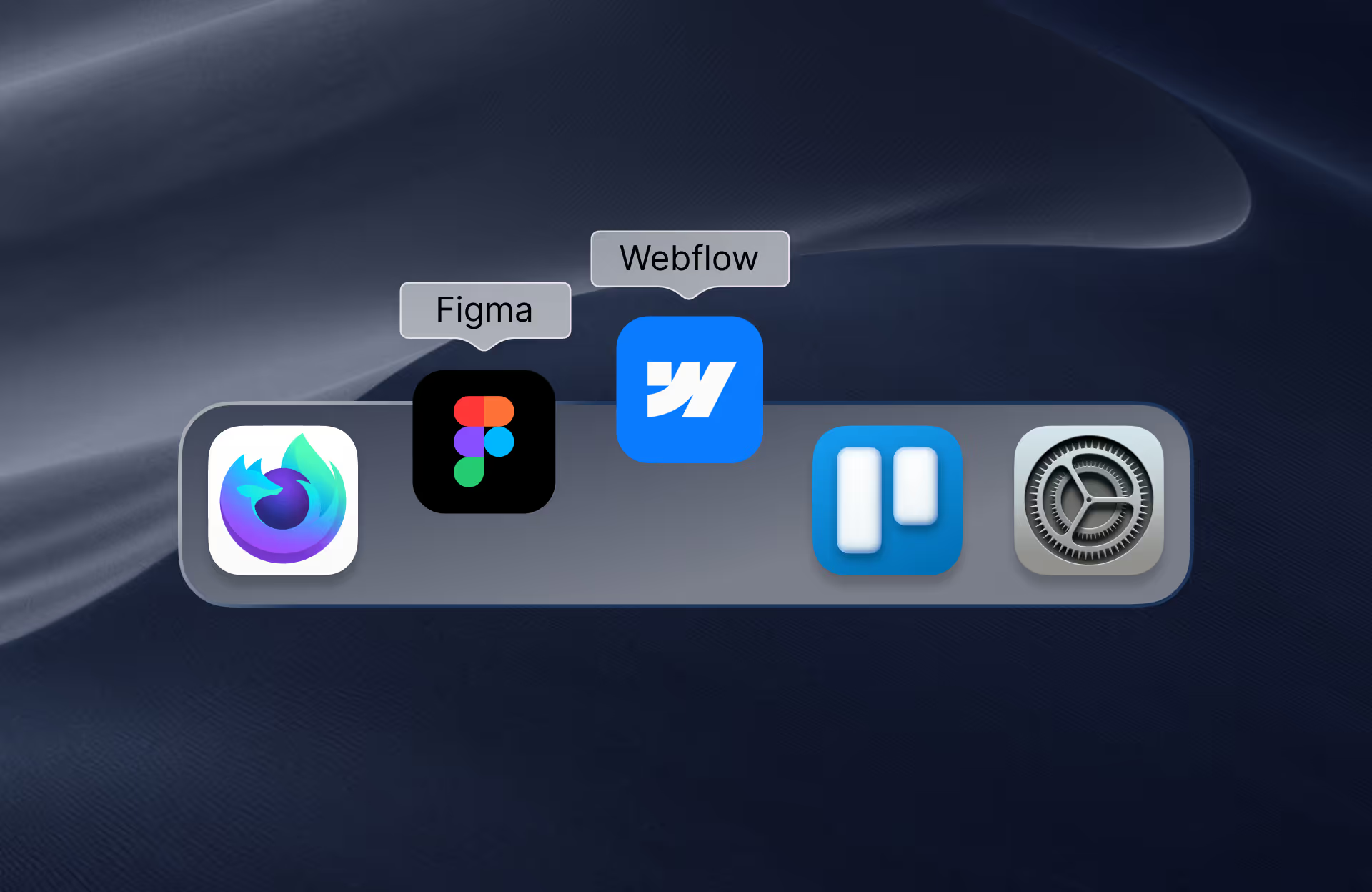
.svg)

